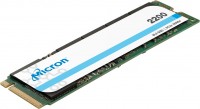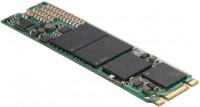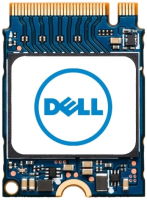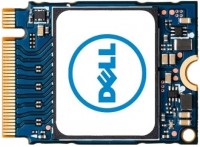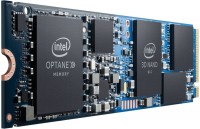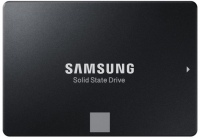Samsung 850 EVO M.2 MZ-N5E250BW 250 GB
 |
Samsung MZ-N5E250BW | |||||||||||||||||||||||||||||||||||||||
| |||||||||||||||||||||||||||||||||||||||
Always clarify the specifications and configuration of the product with the online store manager before purchasing.
Catalog Samsung 2025 - new arrivals, bestsellers, and the most relevant models Samsung.

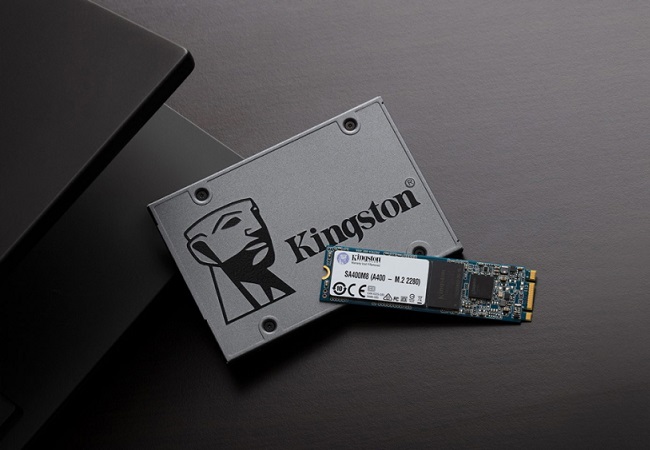
My own boss
At the moment, Samsung is the only company in the world that owns a full cycle of SSD production. For example, the ultra-compact, energy-efficient 850 EVO M.2 drive is based on Samsung's 3D TLC flash memory, made using a 40-nanometer process technology. By the standards of planar memory (15 – 16 nm), the technical process is very large, but this is explained so far by the impossibility of packing smaller transistors into 32 layers.
When less is better
Using the Samsung MGX smart controller, a virtual SLC array is implemented, or, as the manufacturer himself calls it, TurboWrite. The volume of the array is extremely small — only 3 GB, which is even less than the cheapest SATA-SSDs on the Phison controller. On the other hand, the drawdown of the write speed is less — from 500 to only 300 MB / s (instead of 70 MB / s for Phison). The flash memory and smart controller are supplemented with a cache from 512 MB of RAM, naturally also manufactured by Samsung. And here is the set-off — the analogs have only 256 MB of RAM-cache. A nice bonus is a 5-year warranty, atypical for SATA-TLC drives, but so far mandatory for M.2.
Small, yes not enough
Finally, it is worth noting that the Samsung 850 EVO, like other low-cost M.2 drives, does not work through the high-speed PCI-E bus, but through the usual SATA III. Because of this, the read speed is limited to 540 Mbps. The Samsung 850 EVO is 80mm long, which means it will fit perfectly into the M.2 slot of a desktop PC motherboard (convenient cable-free connection), but may not fit into an ultrabook that only supports the smallest 60mm drives. By the way, the 850 EVO M.2 has an mSATA counterpart with similar characteristics, designed for older laptops and nettops.



